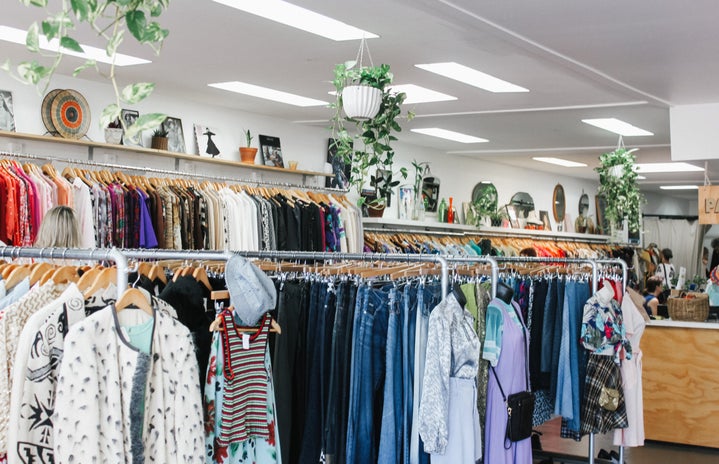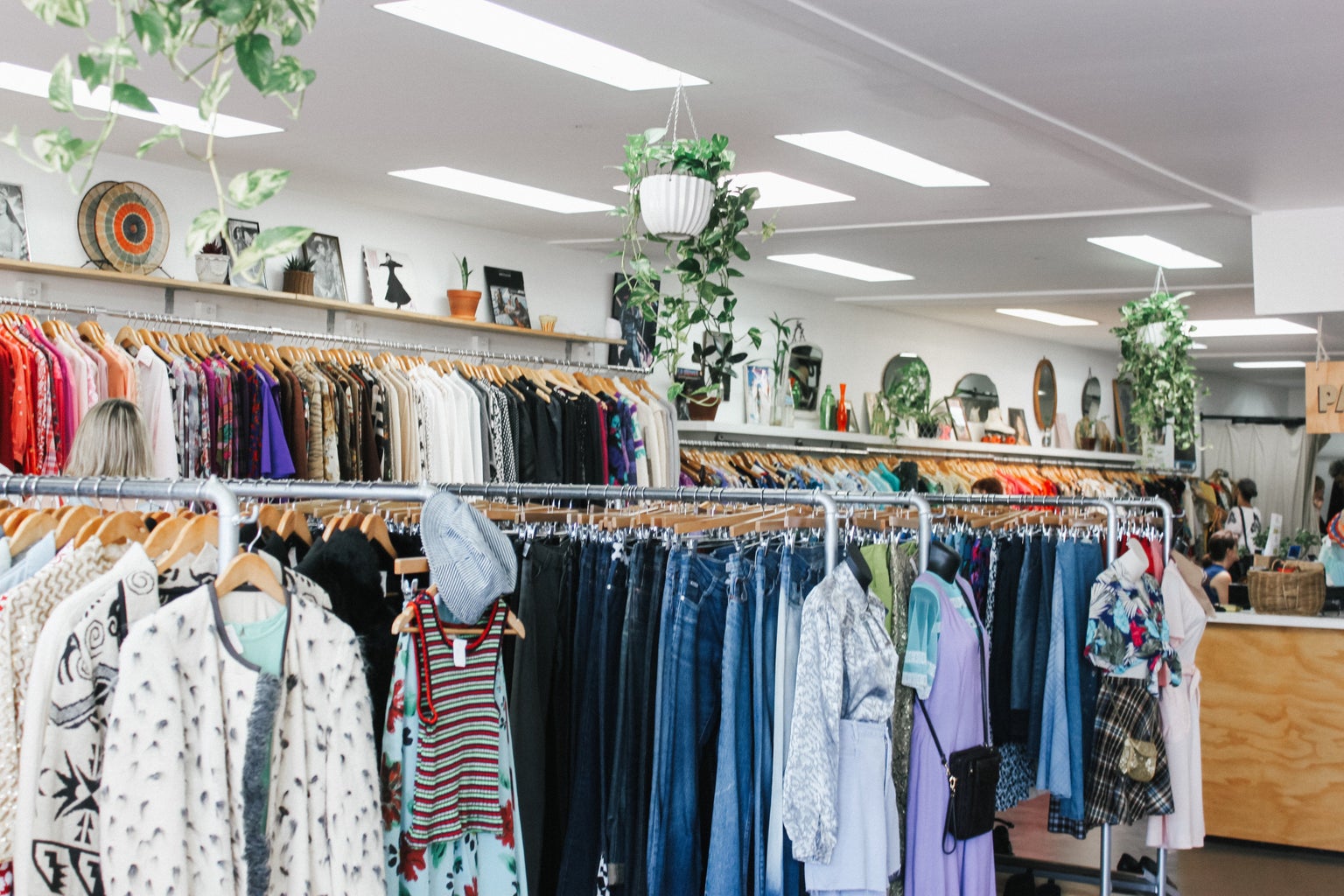Thrift shopping has had a slow and steady rise these past few years, and for good reason. Who would turn down an affordable and environmentally sustainable treasure hunt?
For one thing, it’s great news that more people are catching up on the trend, and learning about the damage that fast fashion is inducing. On the other hand, it’s sad to see how, once again, gentrification is taking its course upon once-marginalized spaces.
Gentrification, often coined with housing and urban zoning, is immediately observed as soon as underprivileged and, oftentimes, already marginalized social groups are displaced from their own spaces. Unfortunately, this same behavior is now infiltrating second-hand stores.
What people don’t realize is that those once five-dollar, secondhand jeans are now worth $20.00 at gentrified thrift shops. To the average consumer, this still sounds like a good deal, but for extremely low-income households, it’s beyond their budget.
“The upper class essentially sees it as a toy store. Something to find stuff that’s fun, like a kind of playground […] Yet we have a lower class that sees that as one of the last few places where they can afford to buy the goods that they need to maintain their standard of living,” quoted Spencer James, a researcher for Birmingham University, for an article from The State Press.
Marginalized communities cannot afford to treasure-hunt for fashion staple pieces. It’s irresponsible to turn these places into playgrounds for stable income individuals and the wealthy.
Even department chains like Goodwill and the Salvation Army have reported price inflation on their items; instead of pricing items at a flat rate, say five dollars for a pair of jeans, they’ve adopted a pricing system similar to retail. Instead of five dollars on all jeans, prices vary from children to adult sections.
So, it begs the question: should middle-class consumers engage in thrift shopping at all?
There is no clean-cut answer to this, but one thing should remain clear: thrift shopping is indeed a sustainable industry for the environment, and it should remain accessible, not exclusive.




